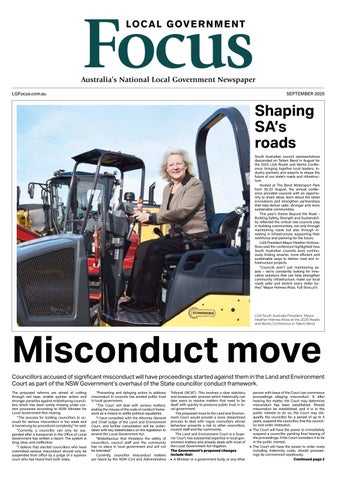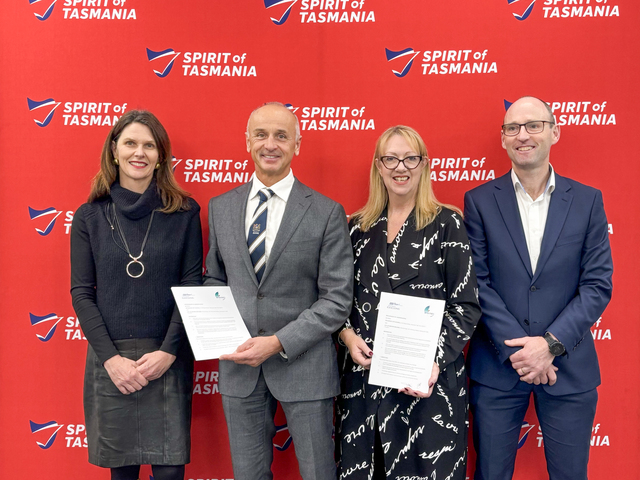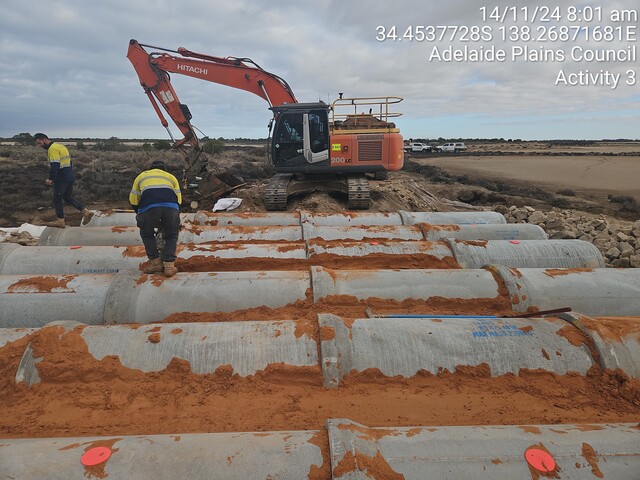Massive surpluses and paranoia about Government borrowing may be waning?
With May being Budget month, at the time of going to press Peter Costello was within hours of presenting his tenth Budget. The Victorian and Northern Territory Governments had released their Budgets in the week prior to the Federal Budget, while the remaining States are scheduled to deliver their plans for 2005–2006 over the next few months.
Confirmation by the Federal Treasurer that this Budget would focus ‘very heavily’ on delivering election commitments, led the Australia Local Government Association (ALGA) to be fairly confident that the following programs and allocations would be included. These are the $1.6bn for the Water Smart Australia program, $1.2bn for the Roads to Recovery program Mark II, $200m for the Water Wise Communities grant program, $90m to extend the Black Spot road safety program, $50m for a Local Government small business red tape reduction grant scheme, $30m for a Local Government emergency management grant scheme, $30m for helping communities fight crime programs, and $15m to assist Councils that need to purchase medical facilities in areas of doctor shortages.
In its 2005–2006 Budget submission, once again ALGA called on the Federal Government to ease cost shifting and the increased financial pressures being faced by Local Government through an agreed proportion of Commonwealth taxation revenue (excluding GST) being paid directly to Councils. Now 18 months since the release of the Fair Share Report, with its bipartisan support of various recommendations to address cost shifting onto Local Government, Councils are beginning to feel frustrated. As well as trying to keep pace with community expectations in regard to services and programs, the spiralling costs of maintaining and the renewal of ageing infrastructure sees Councils looking at other alternatives.
A number of the State Governments have gone down the path of Public Private Partnerships (PPP) to deliver major projects and some Councils are considering following suit. Brisbane’s Lord Mayor, Campbell Newman, said in April that the private sector will be asked to fund and build key Council works to meet the needs of Brisbane’s population as it grows over the next 20 years. He said PPPs, such CityLink in Melbourne or the North South Bypass Tunnel in Brisbane, could see the private sector building and operating new Council facilities, such as libraries and pools.
The Lord Mayor’s argument that this will also reduce the amount of public sector investments mirrors the approach of our Federal and State Governments that Budgets must run in surplus, alongside a phobia about debt and borrowing. However, arguments that Governments should be borrowing for our future, particularly to ensure our regions have the infrastructure to compete on an equal playing field as more and more free trade agreements are entered into, are starting to be heard.
In Victoria, the Treasurer, John Brumby, announced in his Budget that the Bracks Government will embark on a $10 billion infrastructure spending program over the next four years. Most of this will be funded by the Government’s strong operating surplus but 25 per cent will come from borrowing. This will be the first time that State debt has risen under the Bracks Government. Ratings agency Standard & Poor’s has stated that Victoria’s AAA credit rating would not be affected, while the Government says that with debt set at a low level of 1.9 per cent of gross State product, compared with 3.3 per cent in 1999 and 16.3 per cent in 1995, this borrowing is not only prudent but will build a stronger, more prosperous future for Victorians.
Running at 4.6 per cent, Australia has the lowest debt ratio to Gross Domestic Product compared to the USA, Japan and all other OEDC nations. With enormous economic and social benefits from government spending on infrastructure, maybe the days of massive surpluses and a paranoia about debt are about to end.







